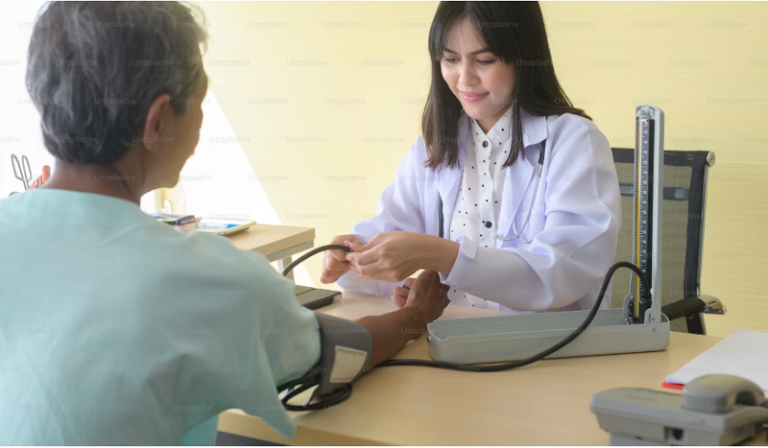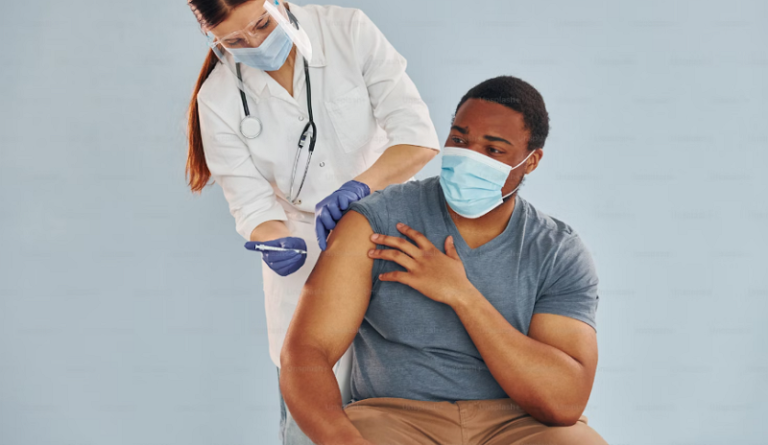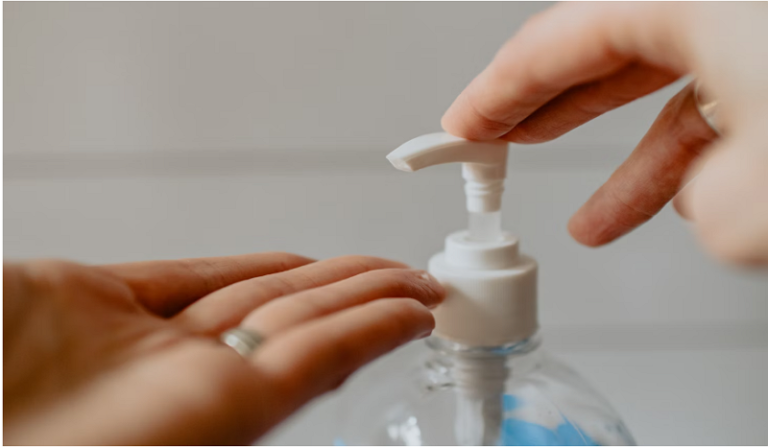
How to Prevent Injuries
Preventing injuries is a crucial component of maintaining overall health and well-being. By taking proactive steps, you can reduce the risk of accidents and injuries that could lead to significant health issues. Here are ten practical tips to help you prevent injuries and improve your preventive health care.
1. Stay Physically Active
Regular physical activity helps maintain strength, flexibility, and balance, reducing the risk of falls and injuries. Engage in exercises that improve balance and coordination, such as yoga, tai chi, or balance training. Strength training can also enhance muscle and bone strength, providing better support for your body.
2. Use Proper Technique During Exercise
When exercising, it’s essential to use the correct techniques to prevent injuries. This includes proper form, adequate warm-up and cool-down routines, and gradually increasing the intensity of your workouts. If you’re unsure about proper techniques, consider working with a fitness professional or trainer.
3. Wear Appropriate Safety Gear
Using the right safety gear can significantly reduce the risk of injuries. Wear helmets when biking or engaging in contact sports, use knee and elbow pads for activities like skateboarding, and wear appropriate footwear for different types of physical activity. Safety gear provides necessary protection and reduces the impact of falls or accidents.
4. Maintain a Safe Home Environment
Creating a safe living space is crucial for injury prevention. Remove tripping hazards such as loose rugs or clutter, install grab bars in bathrooms, ensure good lighting throughout your home, and use non-slip mats in the shower or bathtub. Regularly check your home for potential hazards and address them promptly.
5. Practice Safe Lifting Techniques
Improper lifting techniques can lead to back injuries and muscle strains. When lifting heavy objects, bend your knees and keep your back straight. Use your leg muscles to lift rather than your back. Avoid twisting your body while lifting and consider using lifting aids or asking for help with heavy or awkward objects.
6. Stay Hydrated
Proper hydration is essential for maintaining physical performance and preventing injuries. Dehydration can lead to muscle cramps, dizziness, and decreased coordination, increasing the risk of accidents. Drink plenty of water throughout the day, especially before, during, and after physical activity.
7. Take Breaks and Rest
Overexertion can lead to fatigue and increase the risk of injuries. Take regular breaks during physical activities and listen to your body. Ensure you get adequate rest and recovery time between intense workout sessions. Rest is vital for muscle repair and overall health.
8. Know Your Limits
Understanding and respecting your physical limits is key to preventing injuries. Avoid pushing yourself too hard, especially if you’re new to an activity or exercise routine. Gradually increase the intensity and duration of your workouts, and be mindful of any pain or discomfort that may indicate you’re overdoing it.
9. Keep Pathways Clear
Ensure that pathways in your home, workplace, and outdoor areas are clear of obstacles. Keep walkways free of clutter, secure loose cables, and ensure adequate lighting. Clear pathways reduce the risk of trips and falls, especially in high-traffic areas.
10. Stay Up-to-Date with Regular Health Check-Ups
Regular health check-ups can help identify potential risk factors for injuries. Discuss any concerns with your healthcare provider, such as joint pain or balance issues. They can provide personalized advice and recommend exercises or treatments to prevent injuries and maintain your overall health.
Conclusion
Preventing injuries is a vital part of preventive health care. By following these practical tips, you can reduce the risk of accidents and injuries, maintain your physical health, and enhance your overall well-being. Staying physically active, using proper techniques, wearing safety gear, maintaining a safe environment, and knowing your limits are key strategies for injury prevention. Implement these practices in your daily life to enjoy a safer, healthier lifestyle.




